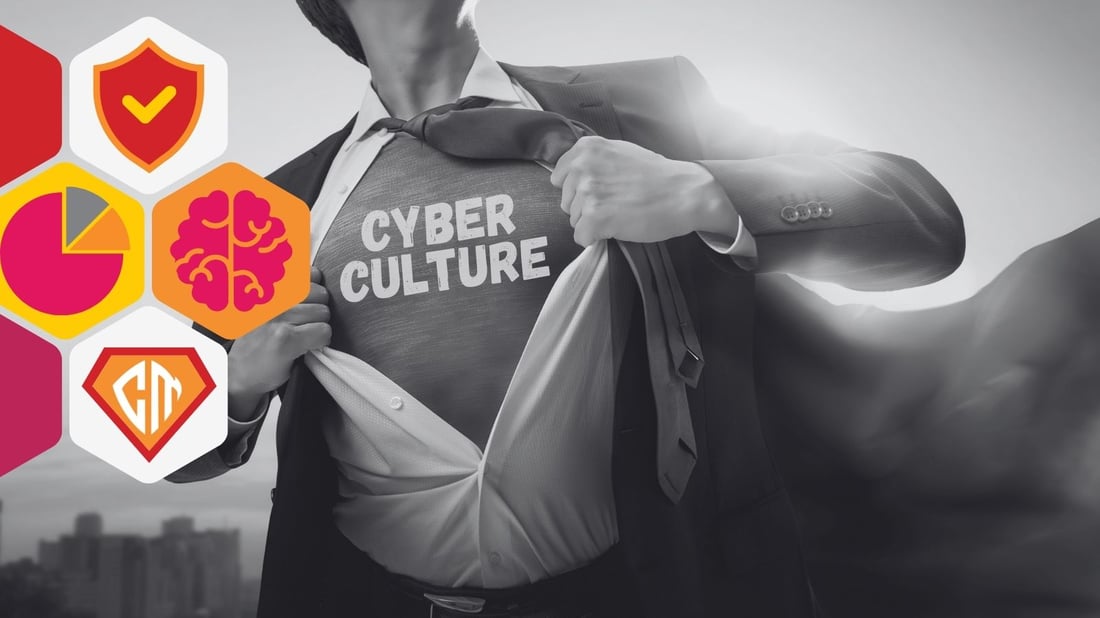Culture Isn’t a Mug: Cyber Security Culture as a System, Not a Slogan
“Culture” might be the most misunderstood word in cyber security.
For years, the default assumption in cybersecurity has been that managing risk is all about technology: firewalls, encryption, and the latest threat detection tools. The facts don't lie: in 2024, global cybersecurity spending is projected to reach $223 billion (source: Statista), yet only a small fraction of this—less than $2 billion—is allocated to awareness training and human risk management (source: Gartner).
The truth is, effective cybersecurity isn’t just about the tech; it’s about the people, the culture, and the strategy that bind everything together.
Focusing almost exclusively on technology overlooks one of the most significant sources of risk: human factors. Employees, executives, and even third-party partners play pivotal roles in maintaining (or undermining) an organization’s cybersecurity posture. A tech-centric approach may shield systems, but it leaves human vulnerabilities—like susceptibility to phishing, poor password hygiene, or risky decision-making—unaddressed.
Moreover, this mindset often creates a disconnect between cybersecurity and broader business objectives. Risk management becomes siloed, seen as an IT problem rather than a strategic priority that affects every aspect of the organization.

To truly manage cyber risk, organizations must align technology with human factors and business goals. Here’s how:
Human Risk Modeling: Identify hidden vulnerabilities by understanding how people interact with systems, make decisions, and respond under pressure. Behavioral and cultural insights can reveal gaps that technology alone can’t.
Cultural Alignment: A strong cybersecurity culture ensures that best practices are ingrained in daily workflows. When security becomes part of the organizational DNA, employees are more likely to adopt safe behaviors.
Strategic Integration: Cyber risk management should align with business objectives, not operate in isolation. This means framing cybersecurity as an enabler of innovation and resilience, rather than a barrier to growth.
People are at the heart of every cybersecurity decision, whether it’s choosing to report a phishing attempt, following proper protocols during a breach, or prioritizing security during project planning. A supportive culture ensures that employees understand their role in risk management and feel empowered to act.
Human risk modeling takes this a step further by providing data-driven insights into how people behave in specific scenarios. This allows organizations to:
Aligning cybersecurity with business goals requires a shift in perspective:
Nota Bene: All of this also has to work for your organization—aligning with your business model, regulatory environment, geographic spread, strategy, and mission. A human risk strategy should be tailored to how much your program can take on, identifying what resources need to be built, what areas can be matured, where external expertise is necessary, and how to augment or support your team with the right content, tools, techniques, and more.
Cybersecurity isn’t just about firewalls and encryption. It’s about the people behind them. By addressing human behaviors and cultural dynamics, organizations can uncover hidden vulnerabilities and create a more comprehensive, effective risk management strategy.
The time has come to think beyond the tech. Cyber risk management isn’t just an IT challenge; it’s a business imperative that requires alignment between people, culture, and strategy. The tools are important, but the people—and the culture they shape—are what truly make the difference.
-1.png?width=1100&height=619&name=The%20Current%20Landscape%20of%20Cyber%20Risk%20Management%20(1)-1.png)
“Culture” might be the most misunderstood word in cyber security.
14 min read

The Odyssey of Cybersecurity Culture In the vast annals of history, tales of heroes and their epic voyages have captivated us. Today, our journey...
12 min read

GenAI showed up in most organizations the way shadow IT did: not with a carefully planned rollout, but with a link in a chat.
9 min read
Subscribe to our newsletters for the latest news and insights.
Stay updated with best practices to enhance your workforce.
Get the latest on strategic risk for Executives and Managers.
